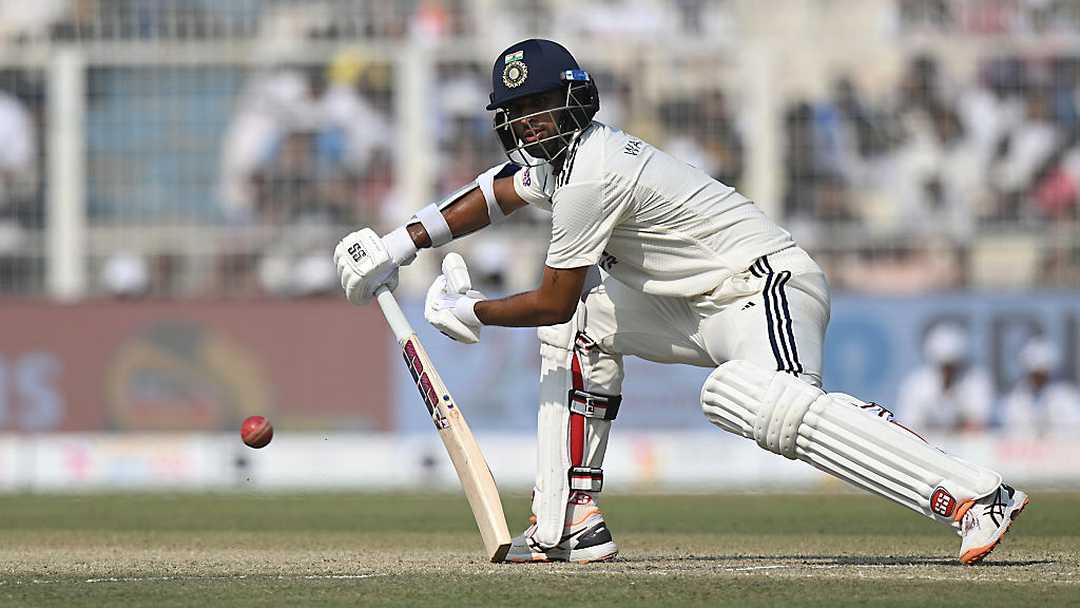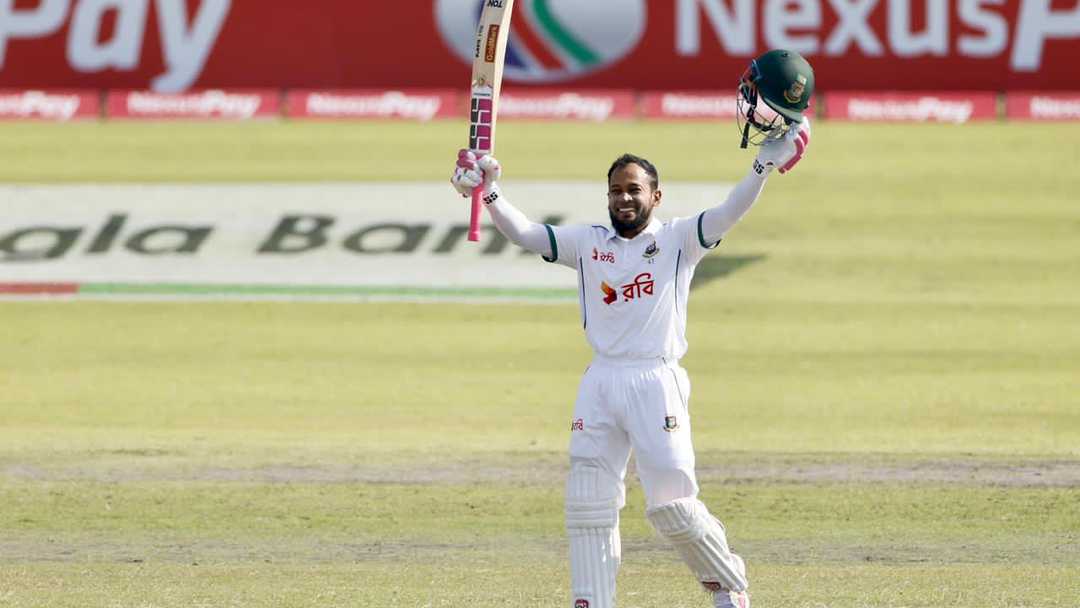
Washington Sundar at 3: A move of belief and convenience
In both innings in Kolkata, Washington Sundar walked in to bat when the ball was still new and hard, zipping quicker off the surface on a pitch with uneven bounce. Both times, he looked in control—defending low, leaving when needed, and avoiding traps. His scores of 29 and 31 may seem modest, but this Test produced only one half-centurion in Temba Bavuma.
Washington had batted just four times at No. 3 in first-class cricket and never at Test level, yet he looked a natural fit at Eden Gardens. By the end, India’s newest one-drop batter was the only one who matched South African captain Bavuma for method and composure. Washington was the only batter across both teams to face more than 50 balls in each innings (82 and 92) and finished with the joint-lowest false-shot percentage (12.5) alongside Dhruv Jurel.
His technique was never in doubt. Across 16 Tests since his debut in the unforgettable Gabba Test of 2021, Washington has repeatedly looked suited to a higher order. At the Gabba, he began with a steady half-century and added a crucial 22 in the tense chase. The numbers didn’t fully capture his contribution then, much like in Kolkata.
He offered lower-order impetus in subsequent Tests: in Ahmedabad, he and Rishabh Pant rescued India from 146/6 with a 113-run stand, setting up an innings victory as Washington fell four short of a maiden Test hundred. He scored a backs-to-the-wall 50 in Melbourne last year and finally reached his first century in a five-hour effort in Manchester months ago.
Continuity questions remain about giving a batter a long rope in such a key position, but with no more Tests after Guwahati until late next year, India can afford to delay that decision.
India’s mixing and matching at No. 3 reflects a transitional phase. Rohit Sharma’s exit allowed KL Rahul to return to opening, while Virat Kohli’s retirement prompted a bigger shuffle—Shubman Gill moved to No. 4, and India tried Karun Nair and Sai Sudharsan at No. 3 in England. Neither secured the spot, so India trusted Sudharsan for the West Indies series; he scored 87 in Delhi but struggled against spin from Jomel Warrican and Roston Chase.
Washington’s batting offered India a new tactical route. Against a South African top-order with mostly right-handers, India could field two left-arm spinners without sidelining Kuldeep Yadav. Swapping Sudharsan for Axar Patel meant one less specialist batter, but Washington’s prowess mitigated that risk.
India batting coach Sitanshu Kotak said, "When you think two left-arm spinners may be useful against South Africa, and you also want a wrist spinner, you’re going with one less batter. But the runs Washington has scored make him as good as any batter." Washington didn’t feature much with the bat in the West Indies but shone in England with 284 runs in eight innings at 47.33.
Criticism of picking three all-rounders and letting T20 habits seep into Tests feels misplaced—Washington, by management’s view and numbers, is as good a specialist batter for the role.
This isn’t a foolproof long-term plan; Rahul Dravid and Cheteshwar Pujara held the spot for years, and conventional wisdom might favor a batter of similar mold. But current circumstances have opened a different direction, and India aren’t wrong for taking it.


